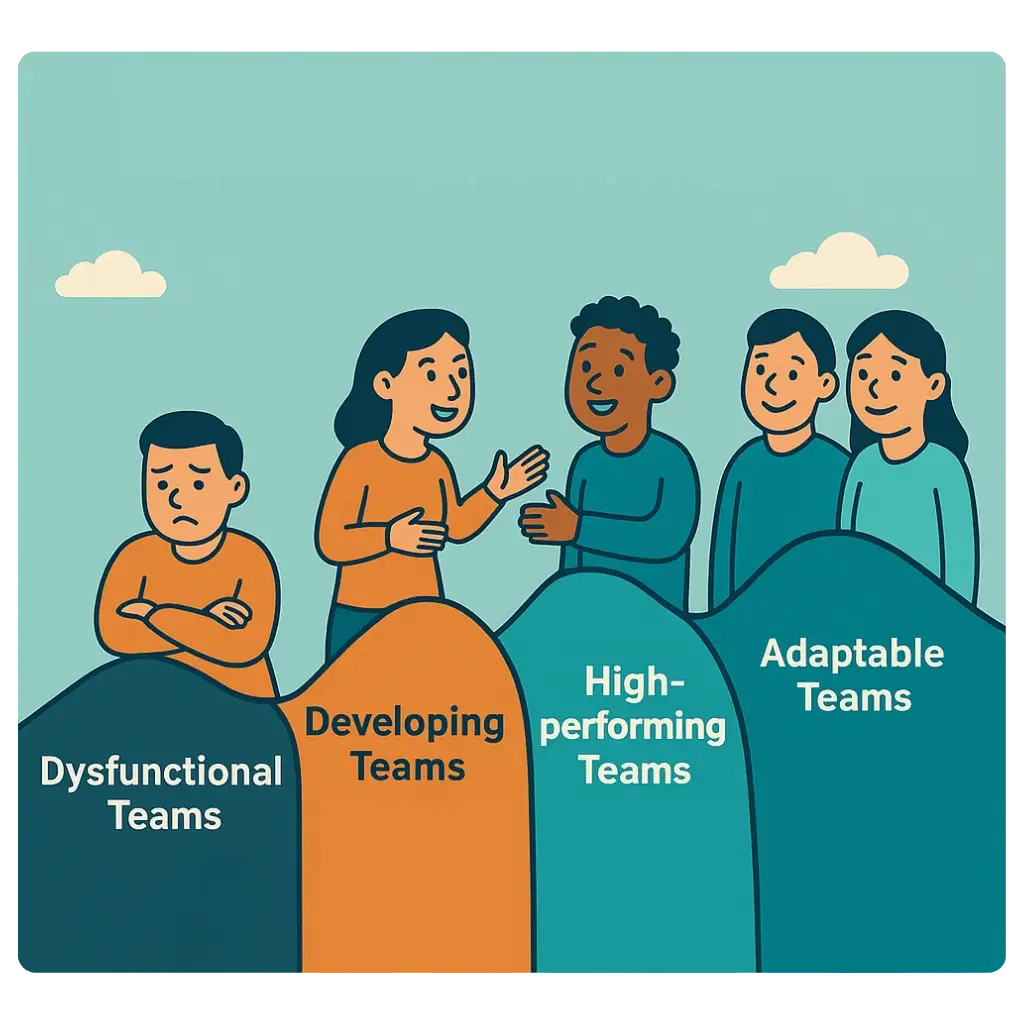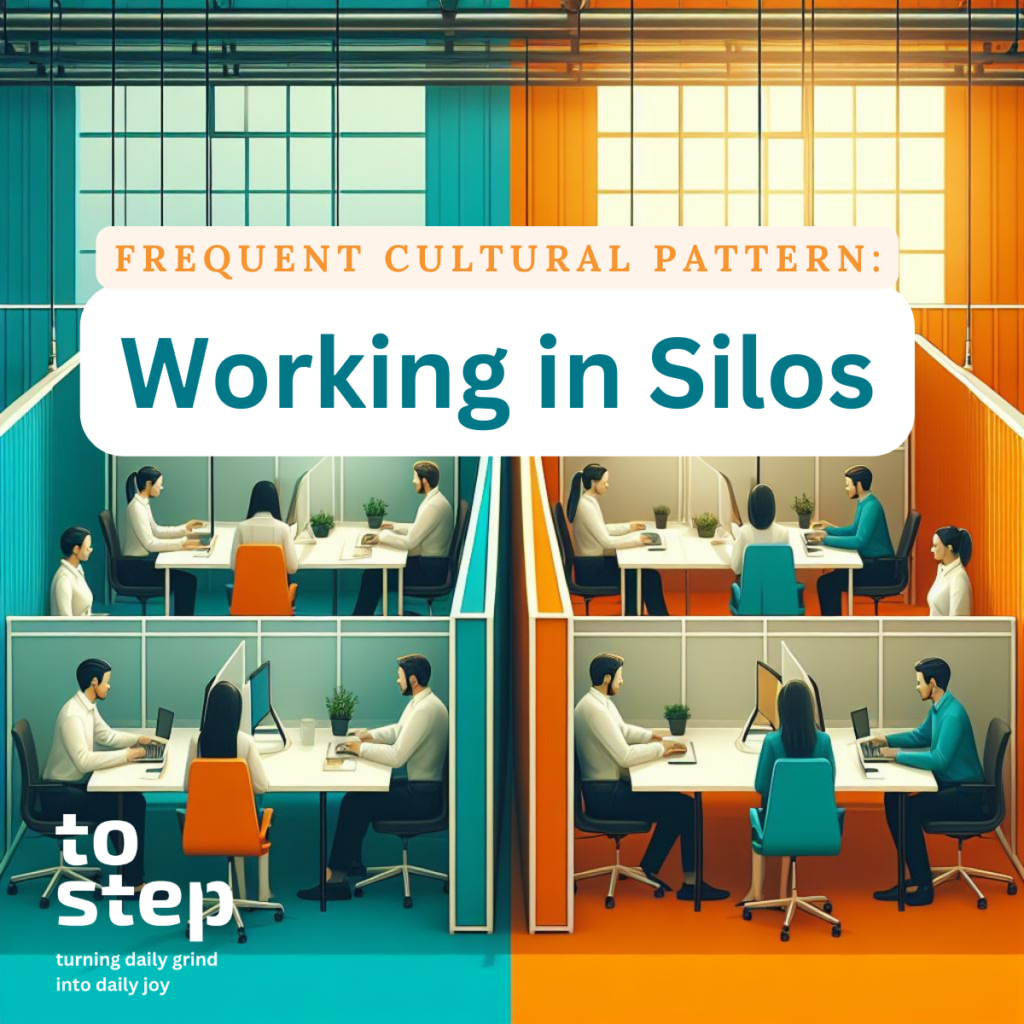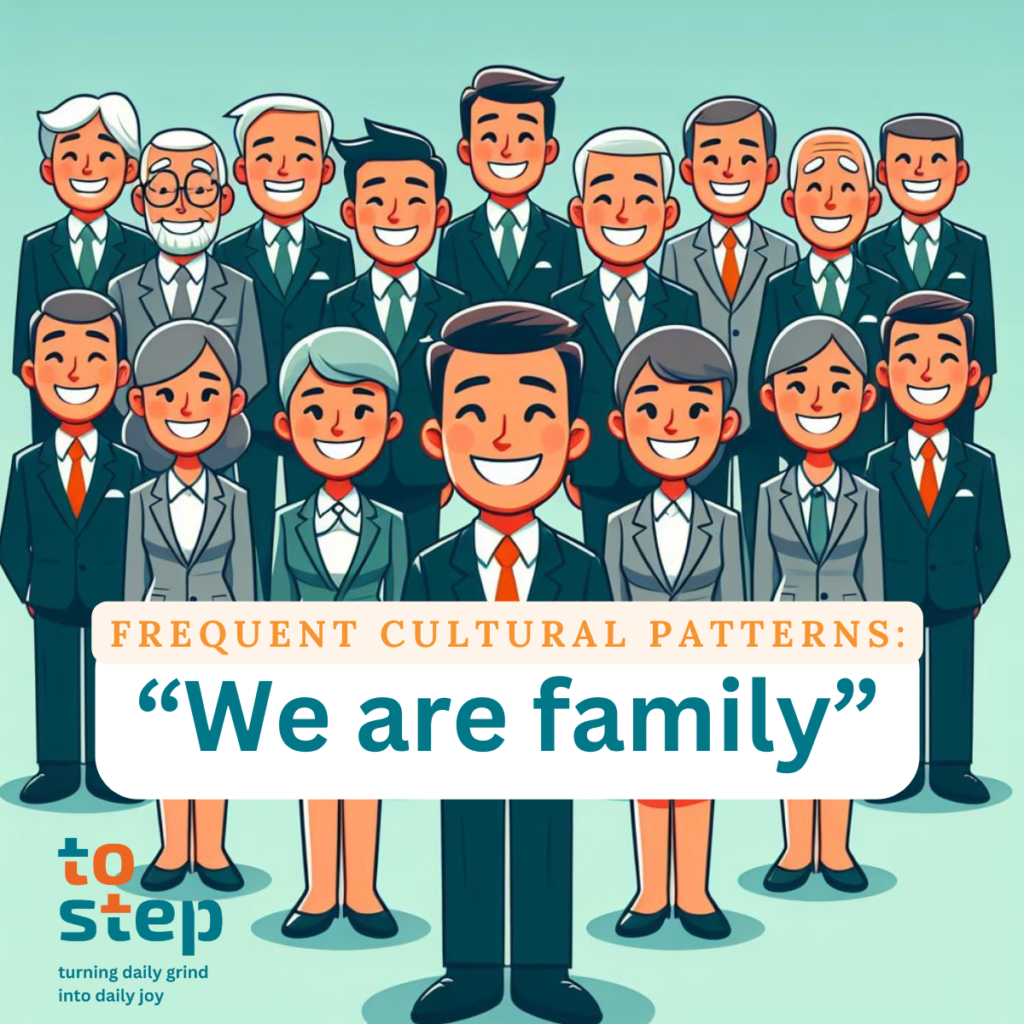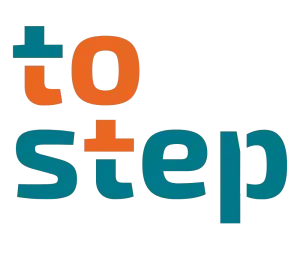The Team Maturity Levels

High Performance Teams are commonly known to a lot of managers. In dynamic contexts, we need to strive for highly adaptable teams.
The Lightbulb Network – Viewing and Achieving Digital and Business Transformation Organically

Explore curated episode collections by theme. From deep dives to quick takes — everything organized to match your mood. Home Blog & Articles
The Inner Circle: Is Your Company Run by a Gang?

Remember the scene in “Friends” when Rachel felt pressured to start smoking? She felt excluded, because both her boss and her colleague used to disappear together for smoking breaks, and when they came back, the big decisions were made between the two of them.
This is a great example of a harmful cultural pattern, the phenomenon of “the inner circle”.
Moving away from Silos

Working in silos- the bigger the company, the more likely you are to encounter this cultural pattern.
Silos, the vertical walls between divisions, are created to allow functional specialization in the name of efficiency. However, when market dynamics are high, it is not efficiency that wins but adaptability.
Here’s why silos can be problematic in complex environments:
Frequent Cultural Pattern: “We are Family”

This is part 1 of our series of frequent cultural patterns. We start with the idea of 𝐭𝐡𝐞 𝐜𝐨𝐦𝐩𝐚𝐧𝐲 𝐚𝐬 𝐚 𝐟𝐚𝐦𝐢𝐥𝐲.
Companies that see themselves as a family want to foster connection and harmony. The message they want to send to employees: “You are one of us. We care about you.”
Can Culture substitute Leadership?

“Psychological Safety is our enemy. An urgent intensity is our operating principle.” – That was Elon Musk’s reaction to Twitter’s friendly, discomfort avoiding culture.
Is he right? Is a task-driven culture more successful than a relationship-oriented one?
Common misconceptions of self-management
In our digital world, many companies try to get a more agile workforce to keep up with fast-changing market needs by introducing self-organizing structures and cutting back on established management practices. If you are part of such a change or planning one, continue reading to get an insight into the common misconceptions that we experienced in our work with global players that went down that road.
How teams and organizations can collaborate better
As executives, it is your duty to steer the company safely through ever-changing market conditions. As leaders, it is your responsibility to stimulate growth in your employees and help them develop their potential. The following article depicts a model to create effective, sustainable change in both individuals and organizational groups.
Trust or: why less is sometimes more
[et_pb_section admin_label=”section”] [et_pb_row admin_label=”row”] [et_pb_column type=”4_4″][et_pb_text admin_label=”Text”] A former colleague once told me: “It’s October already, and I still have four sickdays left. Let’s see when I will take one or two of them.” I was a bit confused, since to my knowledge there were no sick day vouchers. It turned out that our consulting […]
Let us get rid of leaders! Self-organization is the new deal.
[et_pb_section admin_label=”section”] [et_pb_row admin_label=”row”] [et_pb_column type=”4_4″][et_pb_text admin_label=”Text”] I have a confession to make: While reading the trending book “Reinventing Organizations” from Frederic Laloux, I was observing a rising feeling of disgust in myself when self-organizing companies where portrayed. Looking for the root cause of this feeling, I realized it is the understanding of leadership that […]

